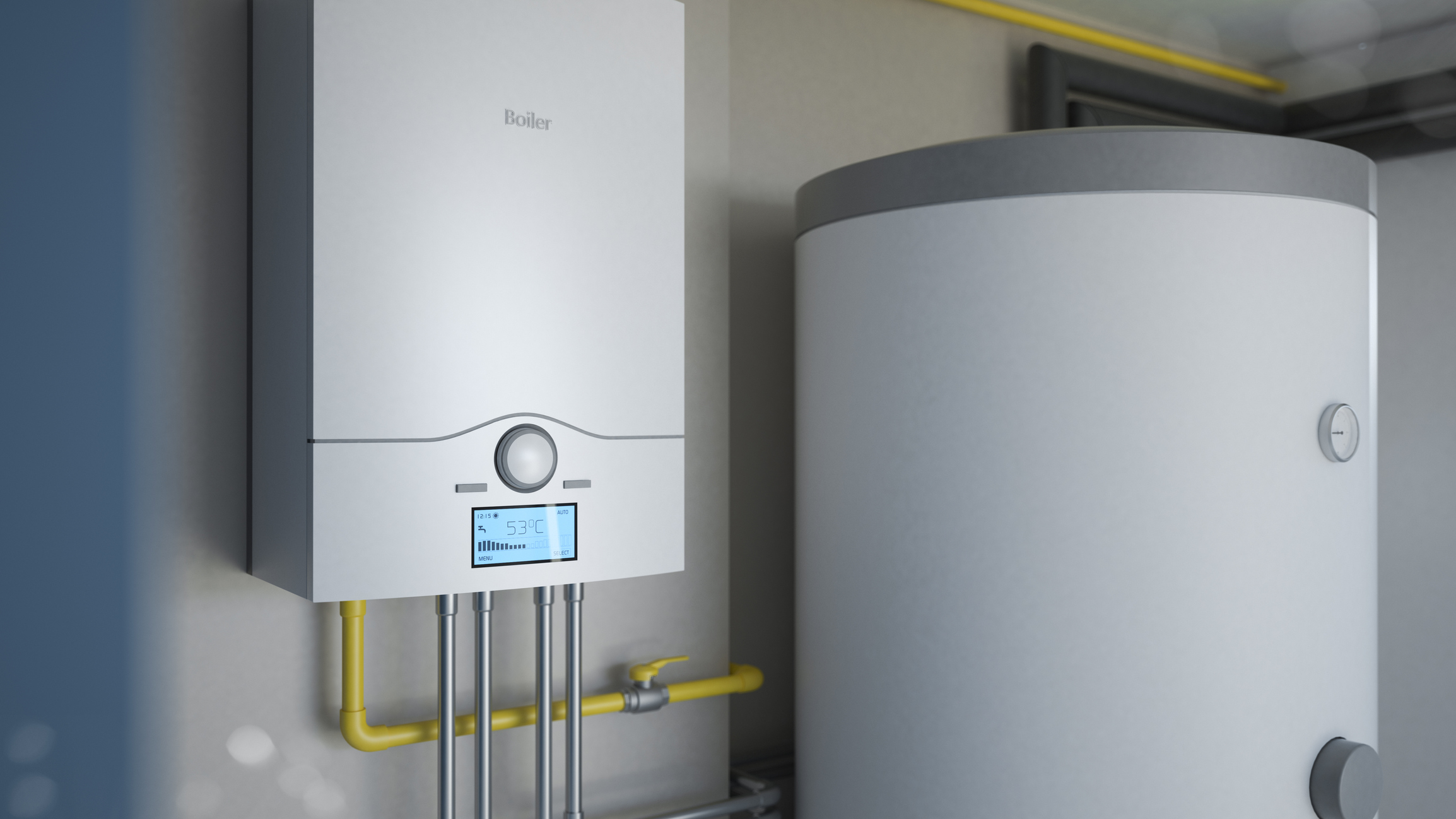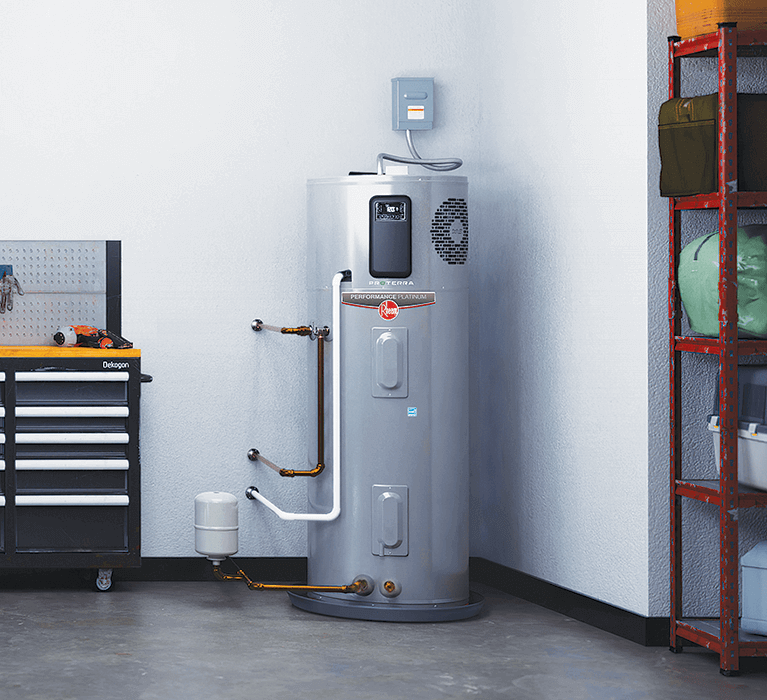Tips on How to Maintain Your Home's Hot Water System Functioning Well
Tips on How to Maintain Your Home's Hot Water System Functioning Well
Blog Article
What are your beliefs about Water Heater Maintenance Tips You Can't Afford to Forget?

Hot water is essential for day-to-day convenience, whether it's for a rejuvenating shower or washing dishes. To guarantee your warm water system runs effectively and lasts longer, normal upkeep is essential. This article gives sensible ideas and understandings on exactly how to maintain your home's warm water system to prevent disruptions and expensive repair services.
Introduction
Keeping your home's hot water system might appear challenging, yet with a few easy actions, you can ensure it runs smoothly for several years to find. This overview covers every little thing from comprehending your warm water system to DIY upkeep suggestions and recognizing when to hire specialist assistance.
Importance of Preserving Your Warm Water System
Regular upkeep not just prolongs the lifespan of your warm water system but likewise guarantees it operates effectively. Disregarding maintenance can lead to reduced performance, higher energy costs, and even premature failure of the system.
Indications Your Warm Water System Requirements Upkeep
Knowing when your hot water system requires focus can stop significant issues. Watch out for indicators such as inconsistent water temperature level, odd sounds from the heating unit, or corroded water.
Comprehending Your Warm Water System
Before diving into upkeep jobs, it's valuable to recognize the standard elements of your warm water system. Typically, this includes the water heater itself, pipes, anode poles, and temperature controls.
Regular Monthly Upkeep Tasks
Regular monthly checks can aid catch small issues before they intensify.
Flushing the Hot Water Heater
Flushing your hot water heater gets rid of debris build-up, boosting performance and prolonging its life.
Checking and Changing Anode Rods
Anode poles protect against deterioration inside the container. Inspecting and replacing them when worn out is vital.
Inspecting and Adjusting Temperature Level Setups
Readjusting the temperature level setups guarantees ideal performance and security.
DIY Tips for Maintenance
You can carry out several maintenance tasks yourself to keep your hot water system in top problem.
Looking for Leakages
On a regular basis inspect pipelines and links for leakages, as these can result in water damage and higher costs.
Examining Stress Alleviation Valves
Checking the pressure relief valve guarantees it operates properly and avoids extreme pressure buildup.
Shielding Pipelines
Protecting hot water pipelines minimizes warmth loss and can save energy.
When to Call a Professional
While do it yourself upkeep is helpful, some problems call for expert competence.
Complex Concerns Needing Expert Help
Examples include significant leaks, electric issues, or if your water heater is continually underperforming.
Regular Expert Maintenance Conveniences
Specialist maintenance can consist of complete evaluations, tune-ups, and ensuring compliance with security standards.
Verdict
Routine upkeep of your home's hot water system is essential for effectiveness, durability, and price savings. By following these ideas and knowing when to look for specialist assistance, you can make sure a trustworthy supply of warm water without unforeseen disruptions.
How to Maintain an Instant Hot Water Heater
Before tinkering with your hot water heater, make sure that it’s not powered on. You also have to turn off the main circuit breaker and shut off the main gas line to prevent accidents. Also turn off the water valves connected to your unit to prevent water from flowing into and out of the appliance. 2. When you’re done, you have to detach the purge valves’ caps. These look like the letter “T†and are situated on either side of the water valves. Doing so will release any pressure that has accumulated inside the valves while at the same time avoid hot water from shooting out and burning your skin. 3. When the purge valves’ caps are removed, you have to connect your hosing lines to the valves. Your unit should have come with three hoses but if it didn’t, you can purchase these things from any hardware or home repair shops. You can also get them from retail stores that sell water heating systems. Read the user’s manual and follow it to complete this task properly. When the hosing lines are connected, open the purge port’s valves. 4. You should never use harsh chemical cleaners or solutions when cleaning your unit. Make use of white vinegar instead. It should be undiluted and you’ll probably use about 2 gallons. 5. Now flush your water heater. This task should probably take about 40 minutes. We can’t give you specific directions for this because the procedure is carried out depending on the type, model and brand of your heater. With that being said, refer to the user’s manual. 6. When you’re done draining the unit, you have to turn off the purge port valves again. Remove the hosing lines that you earlier installed on each of the water valves. Put the valve caps (purge port) back in their respective places and be very careful so as not to damage the rubber discs that are found inside these caps. 7. Now that everything’s back in place, check your user’s manual again to find out how to reactivate your water heating system. 8. Once it is working, turn one of your hot water faucets on just to let air pass through the heater’s water supply pipes. Leave the tap on until water flows smoothly out of it. https://www.orrplumbing.com/blog/2014/september/how-to-maintain-an-instant-hot-water-heater/

I found that entry on What Kind of Maintenance Do Water Heaters Need? when browsing the web. Sharing is nice. Helping people is fun. We treasure your readership.
Explore Now Report this page